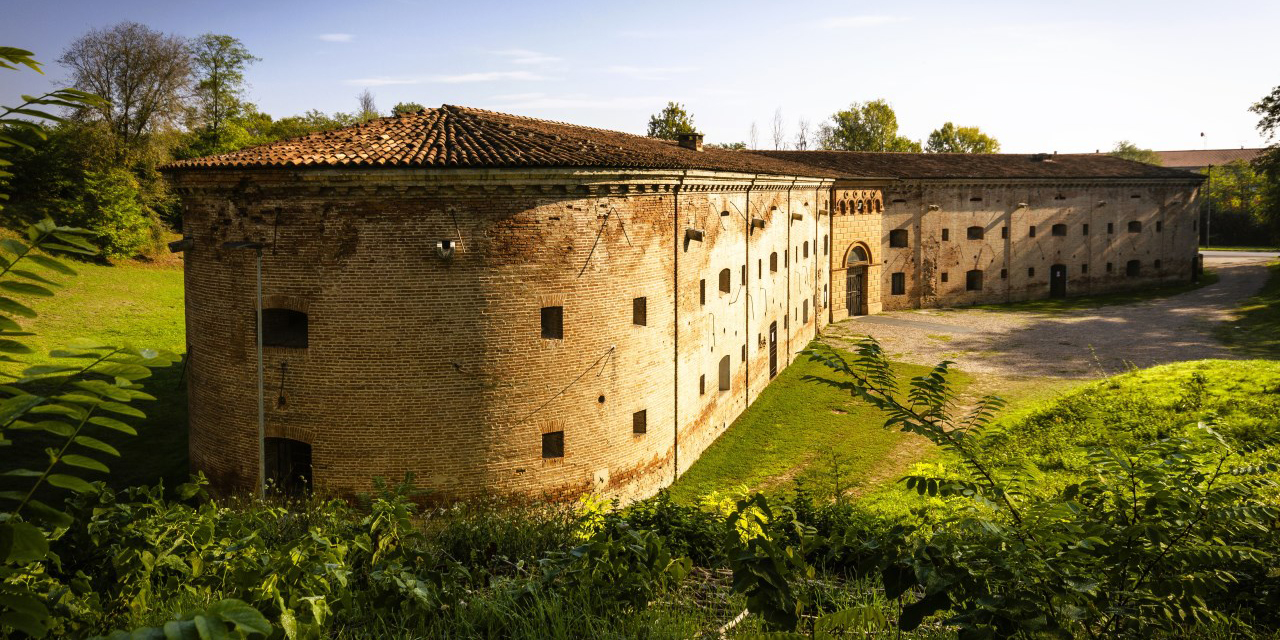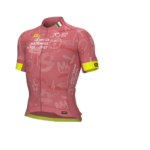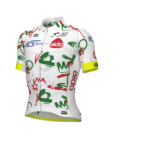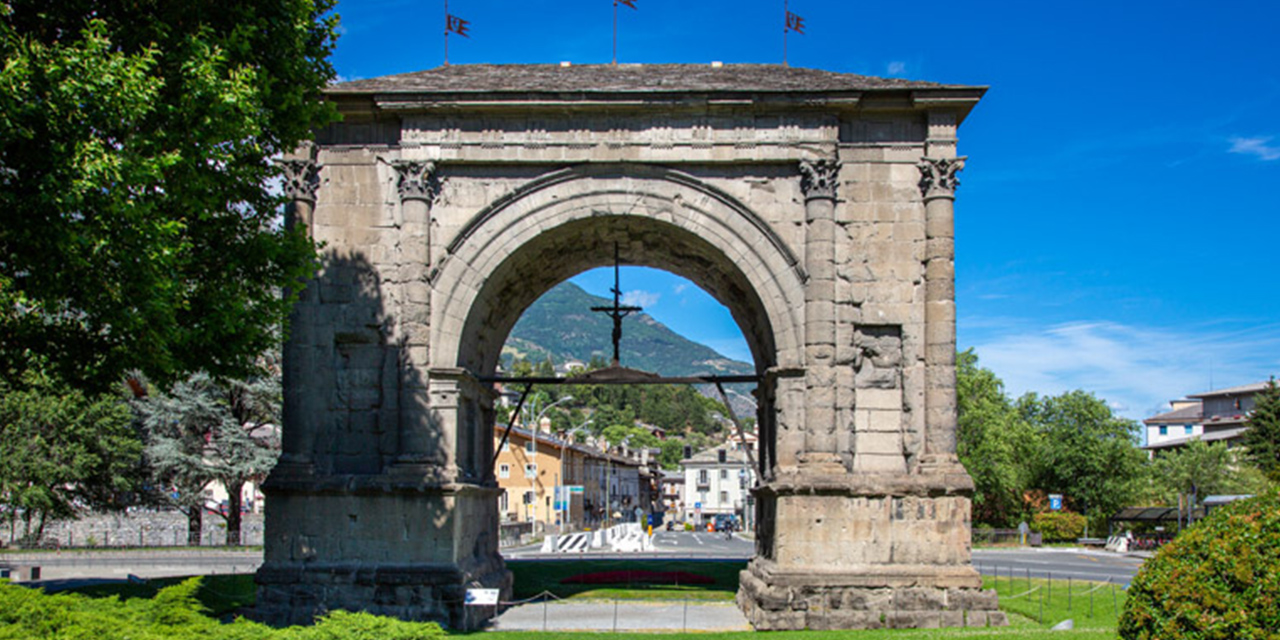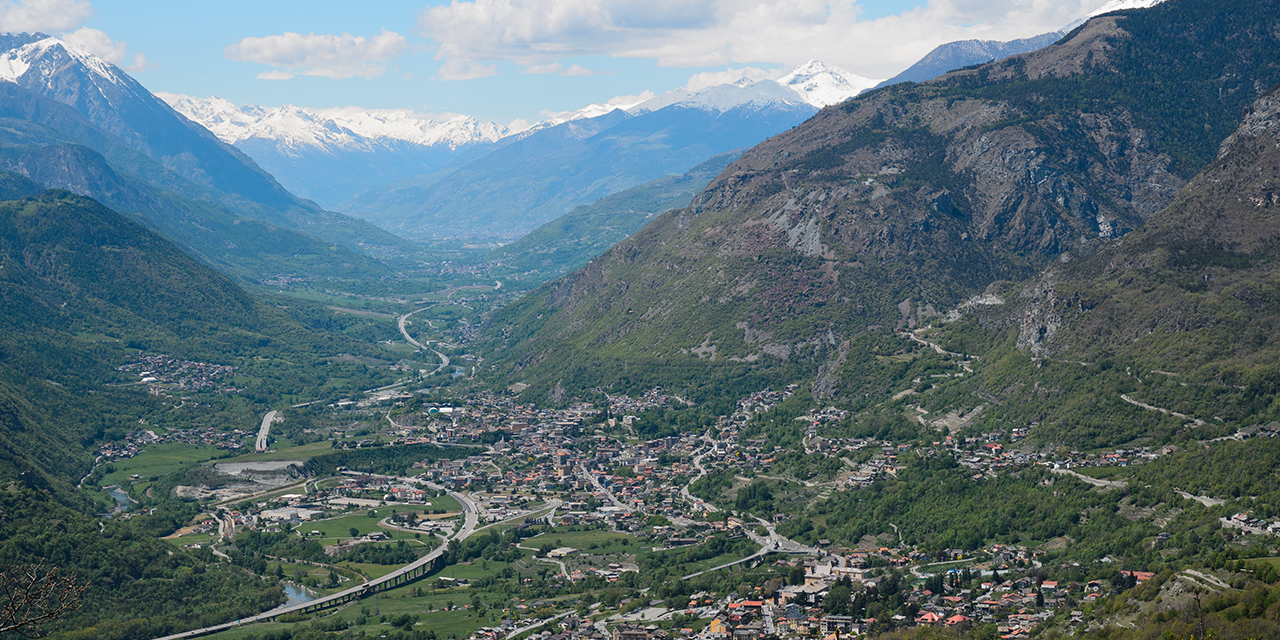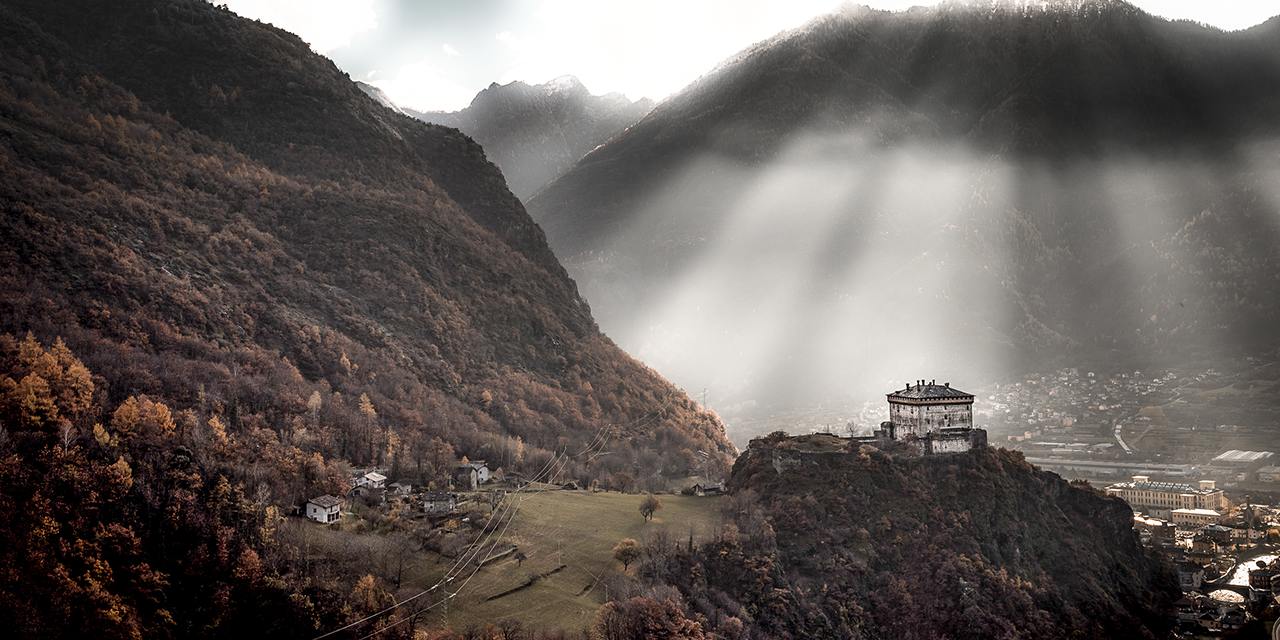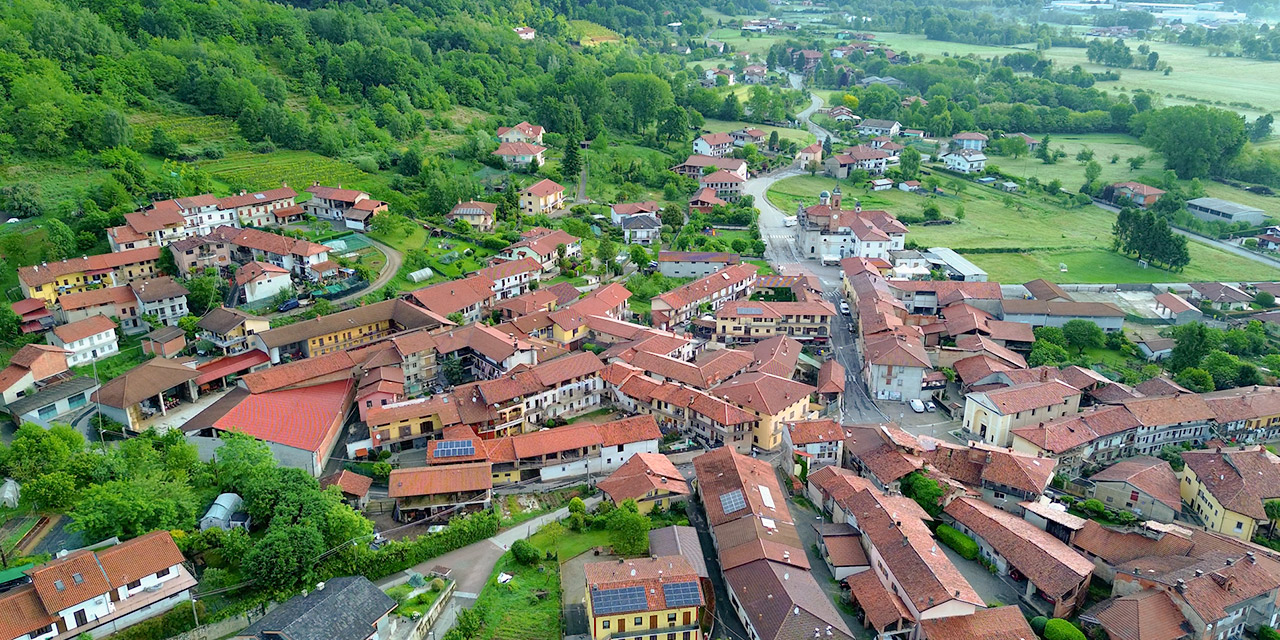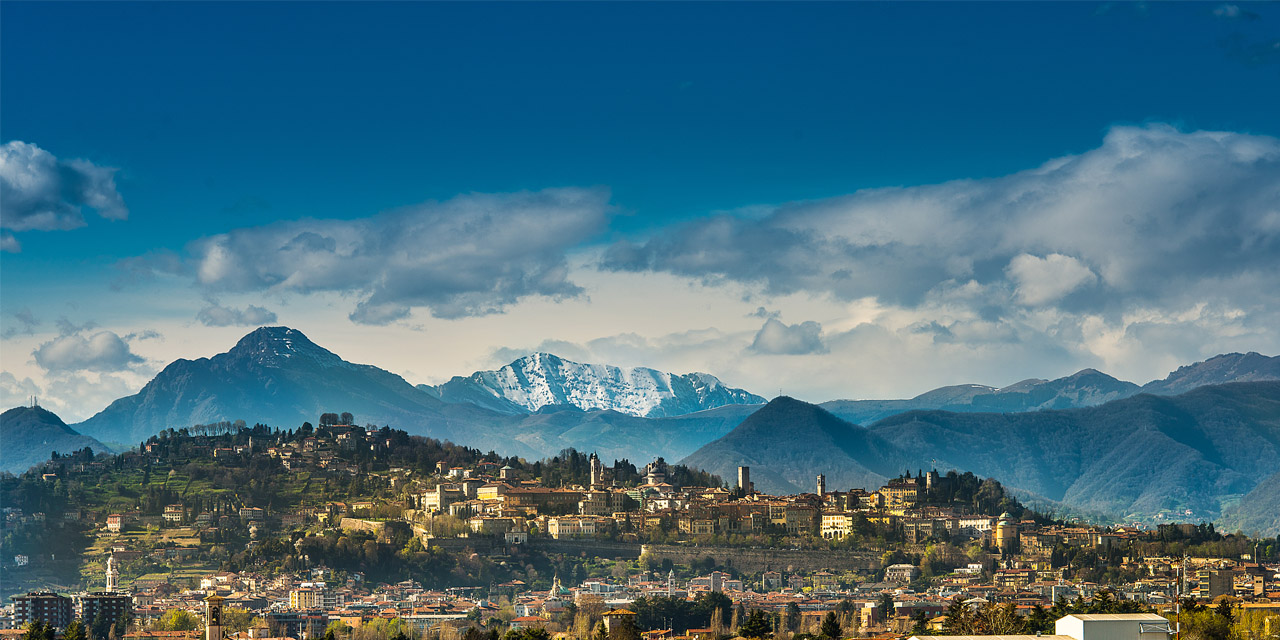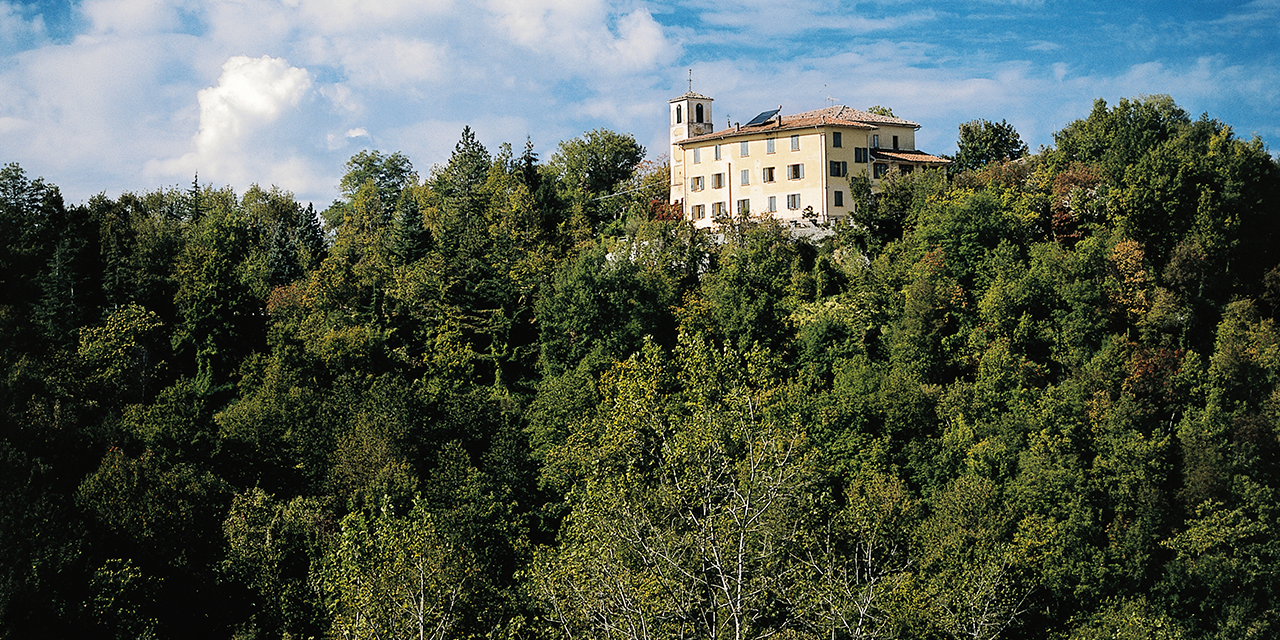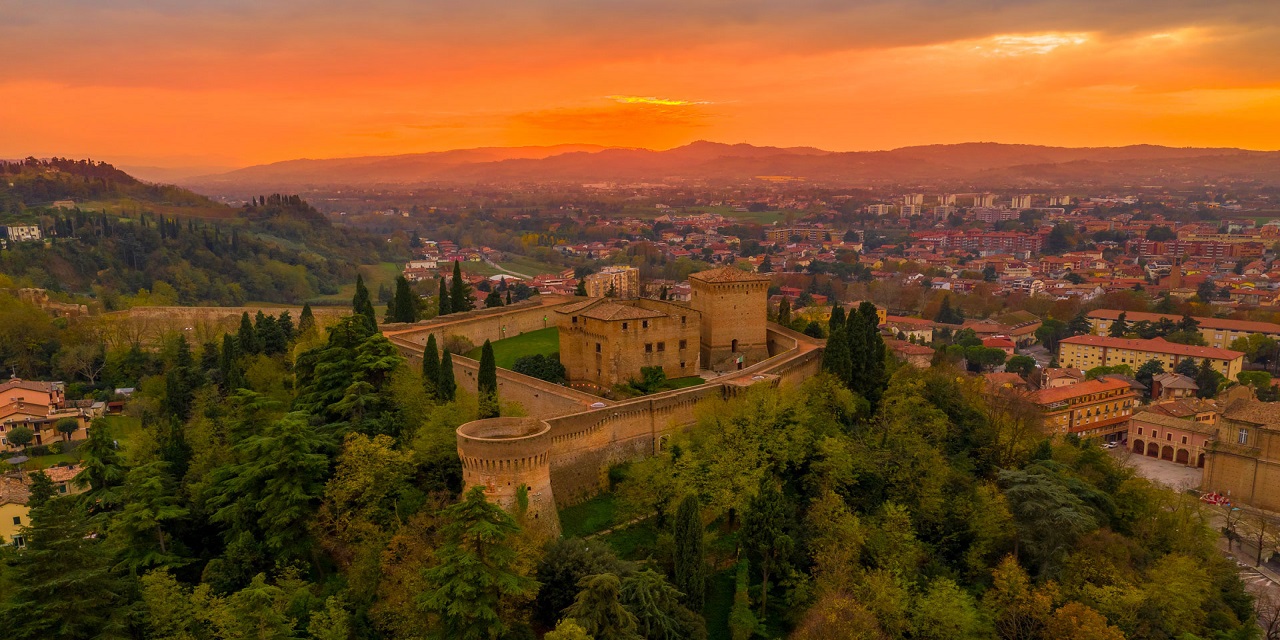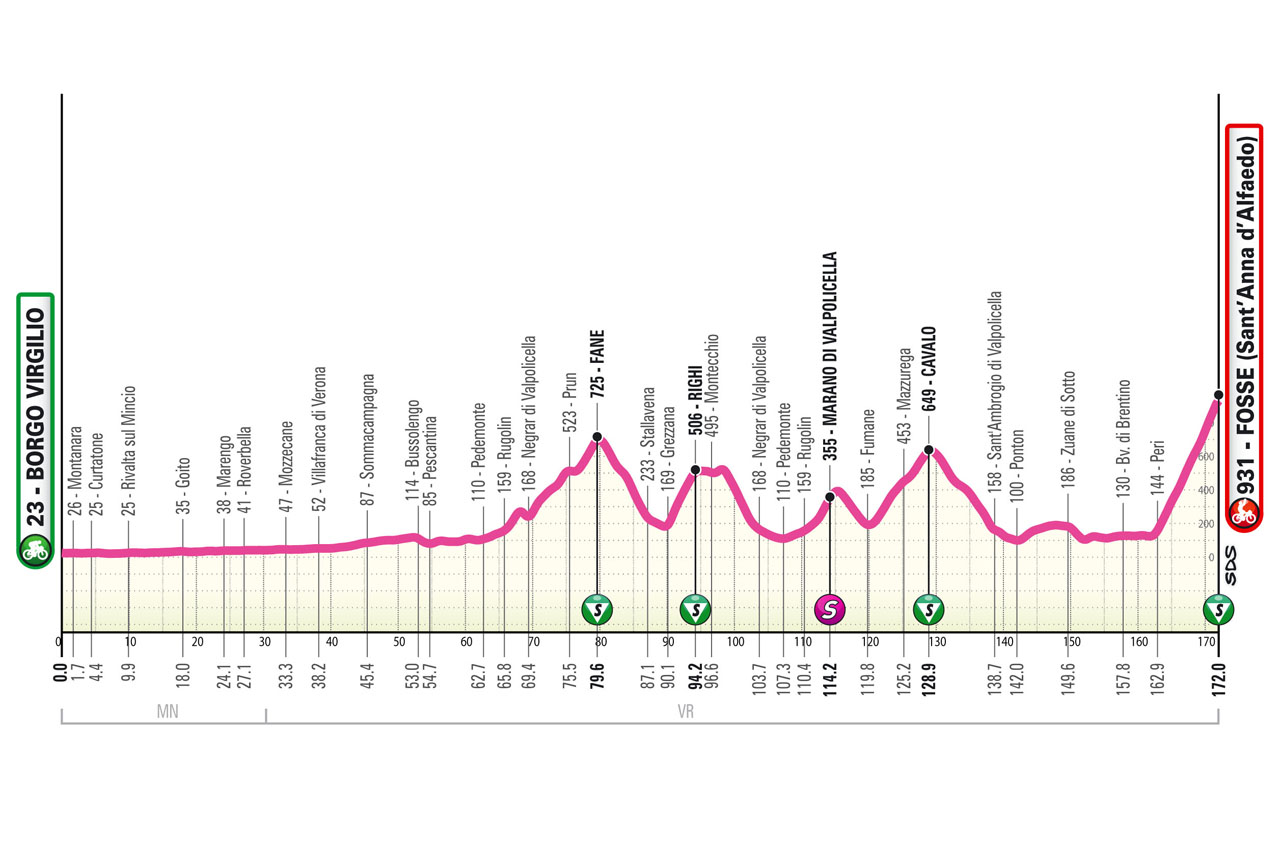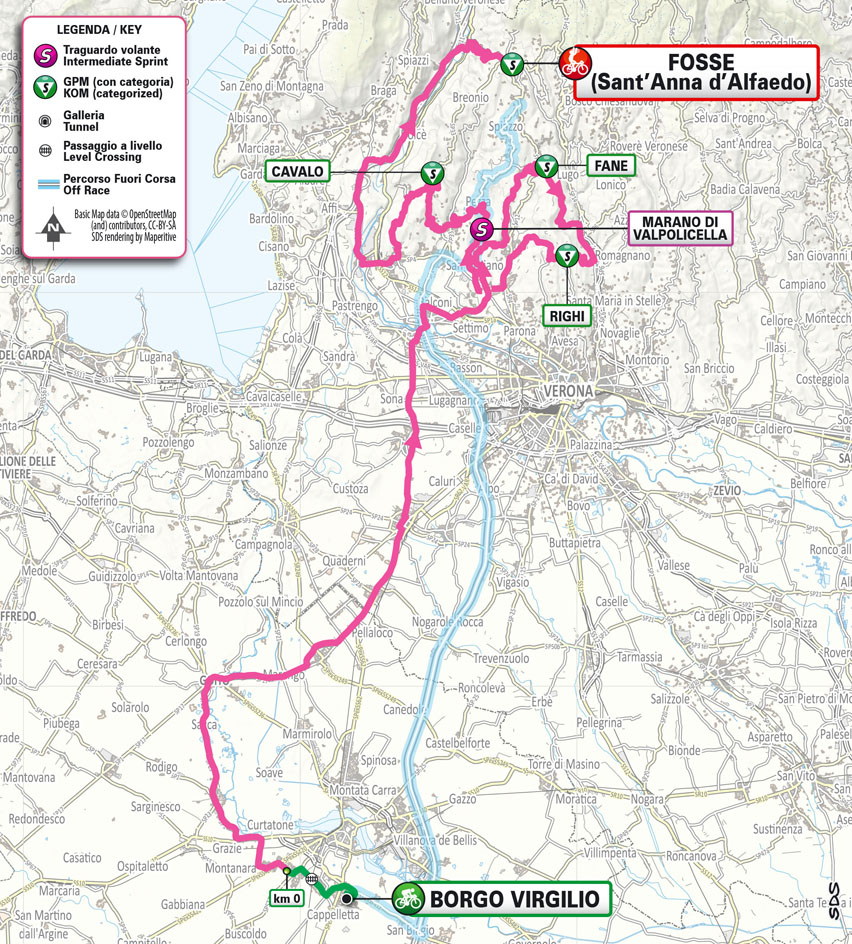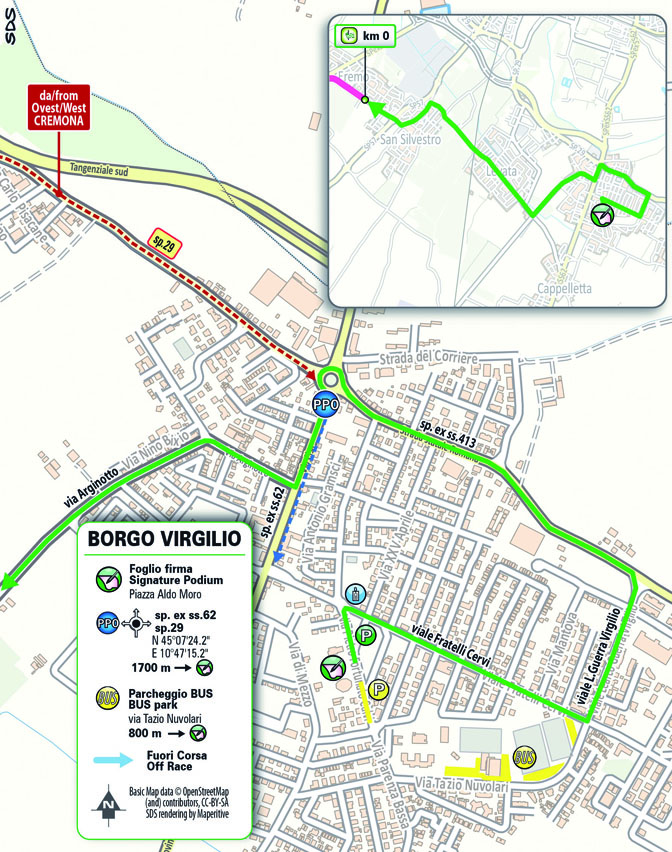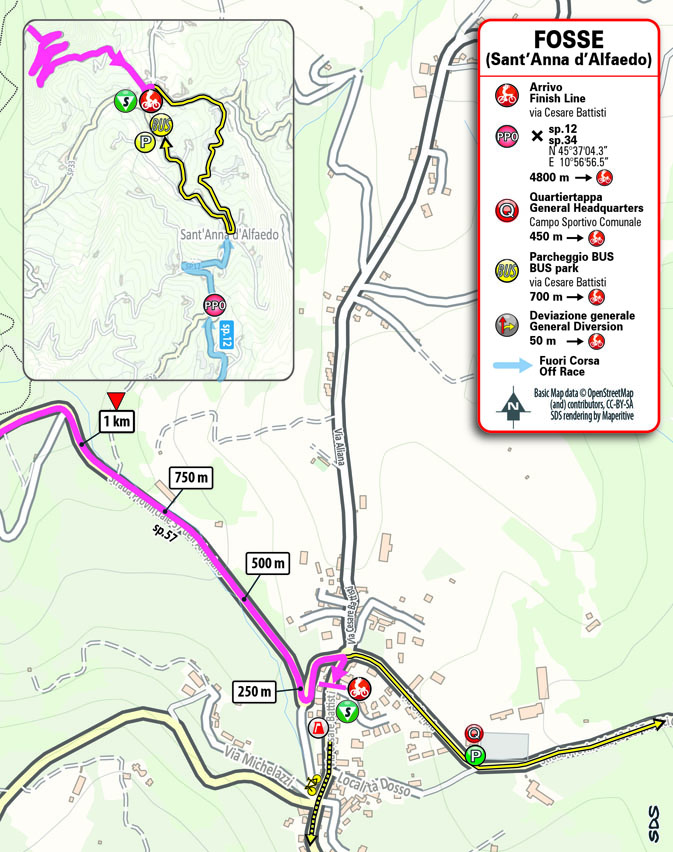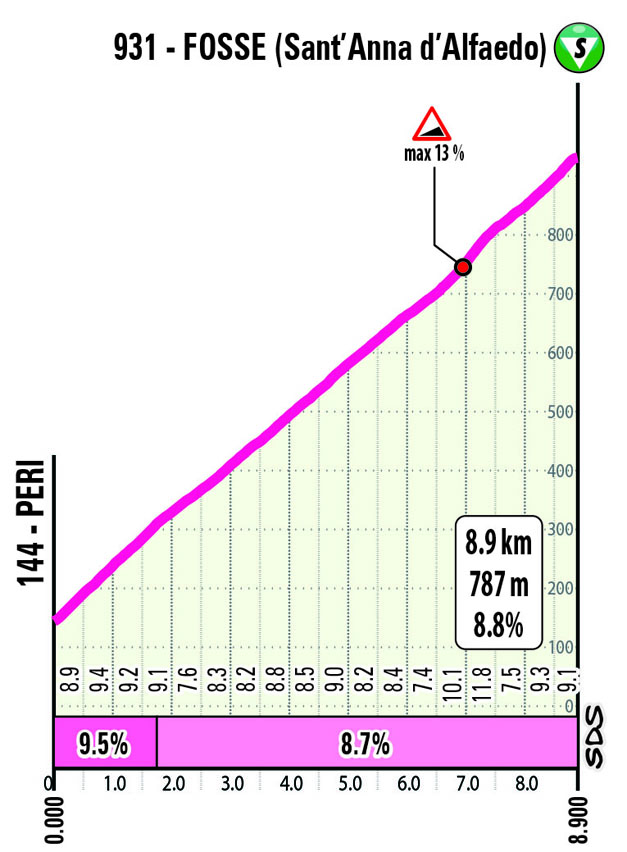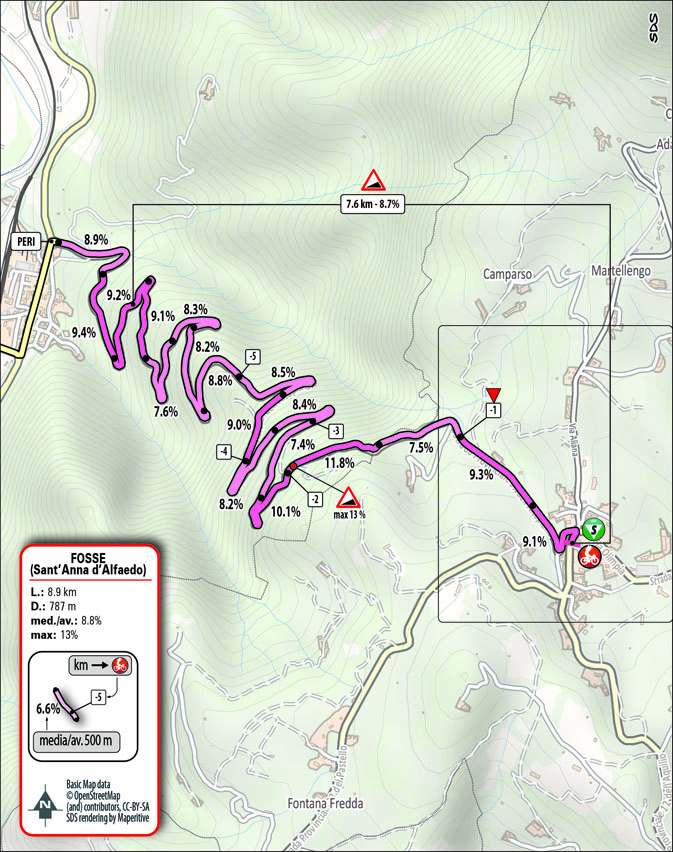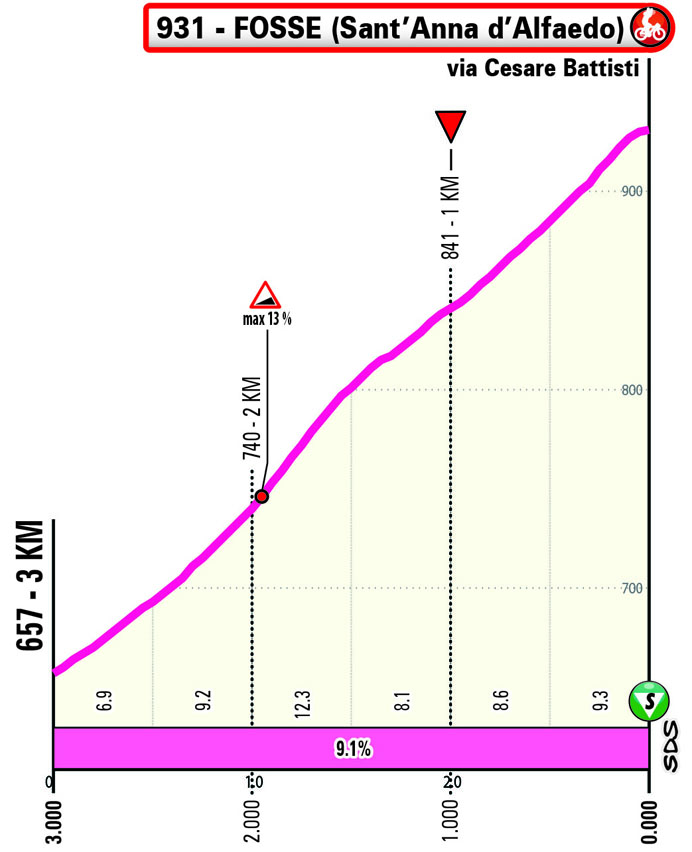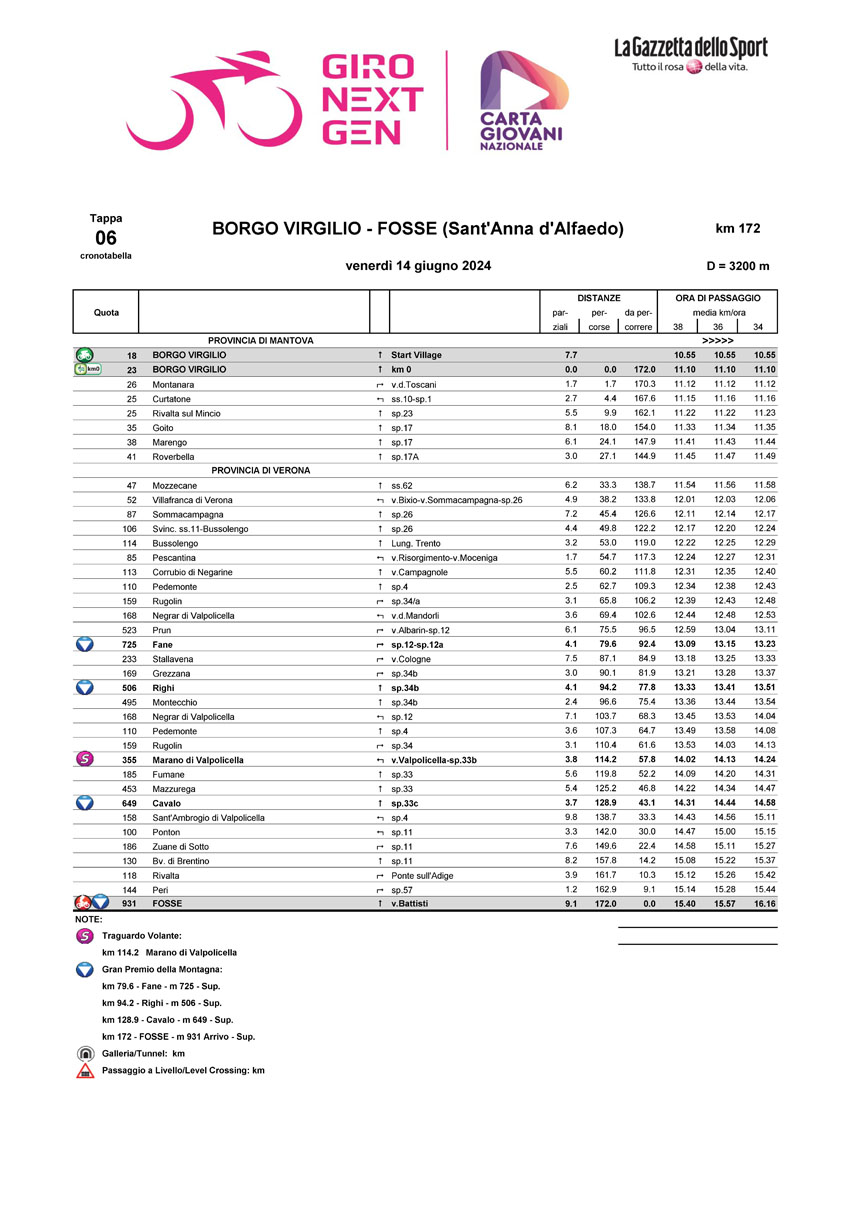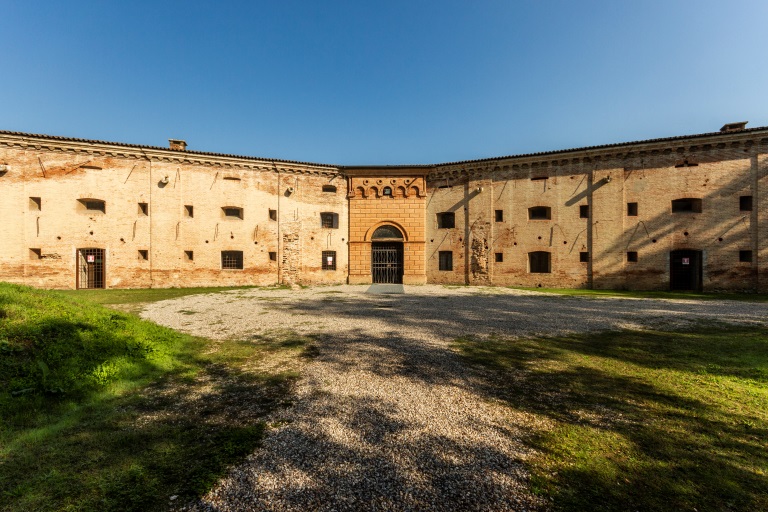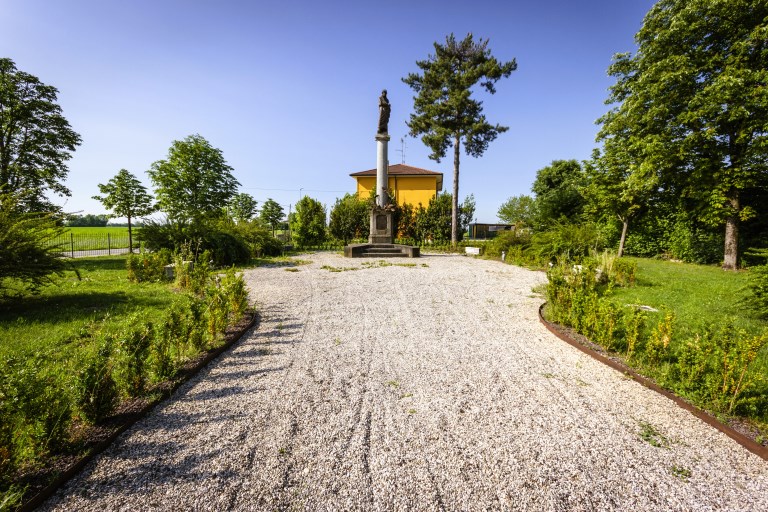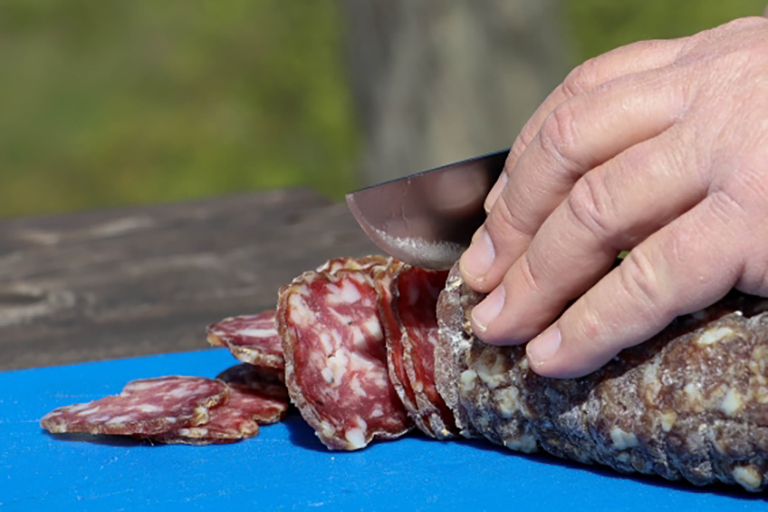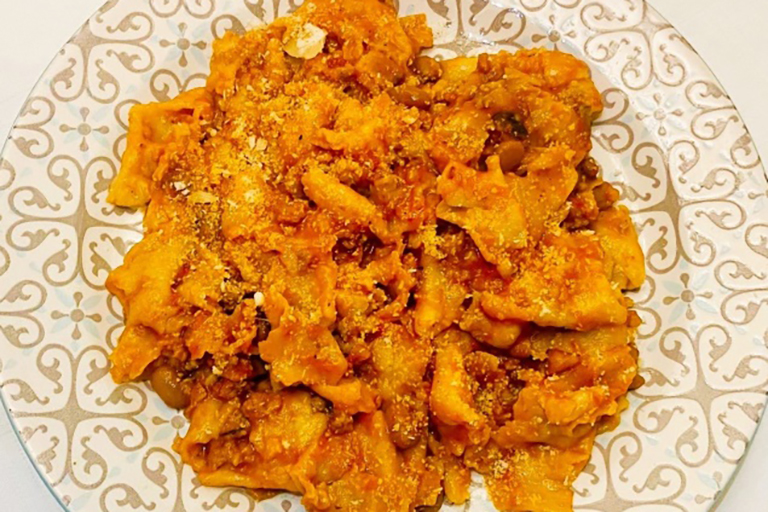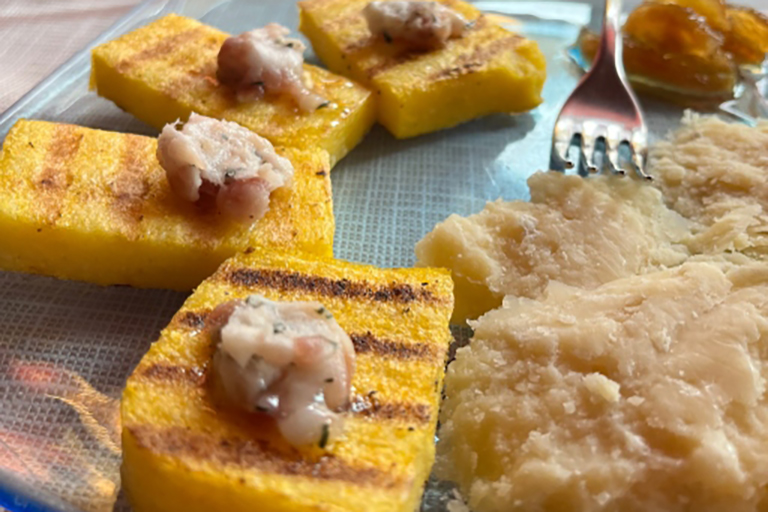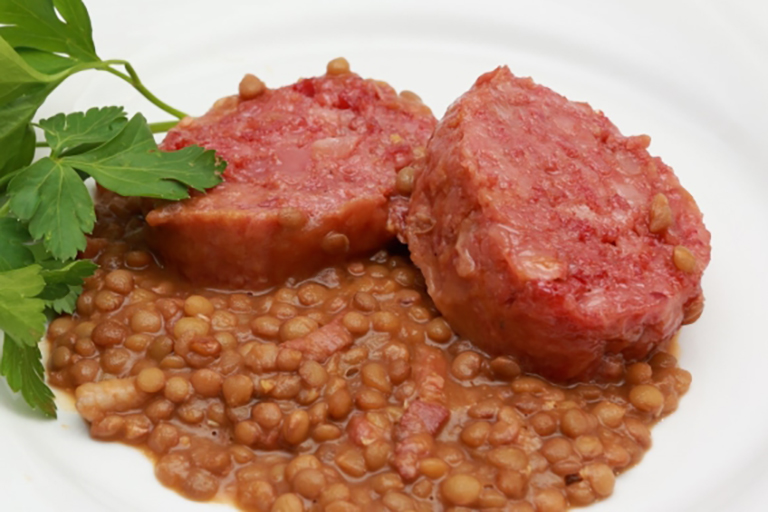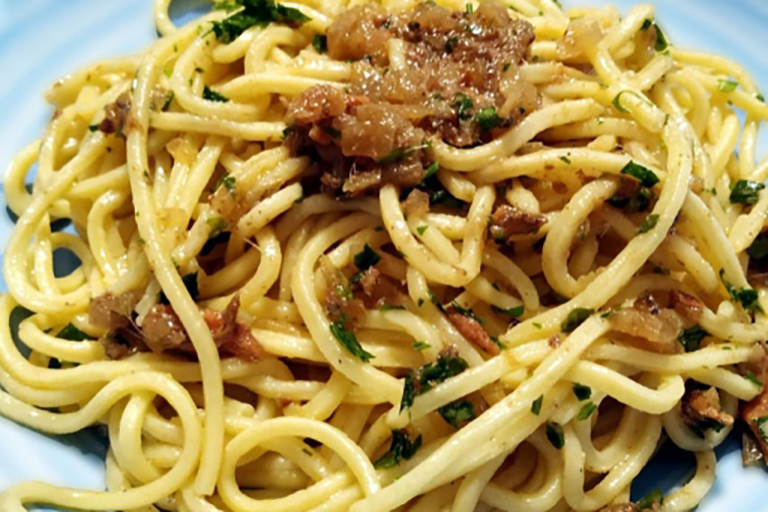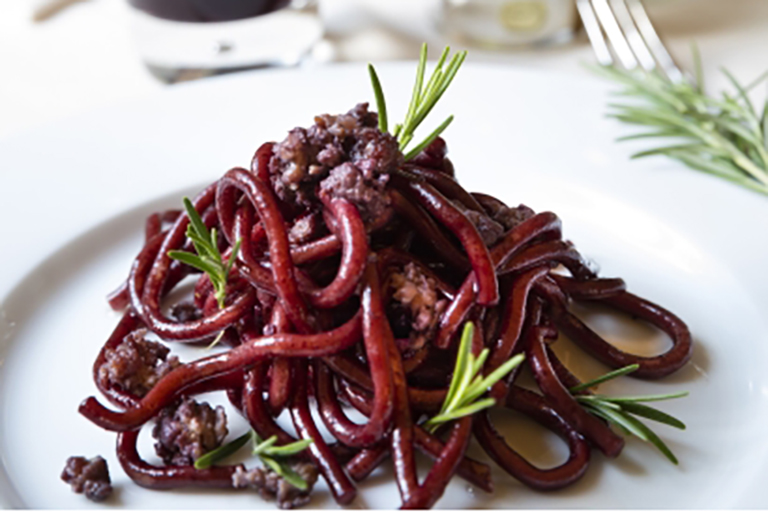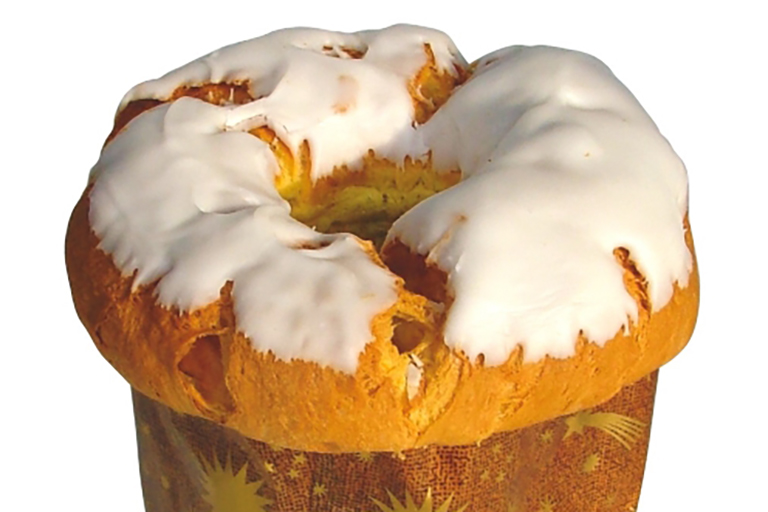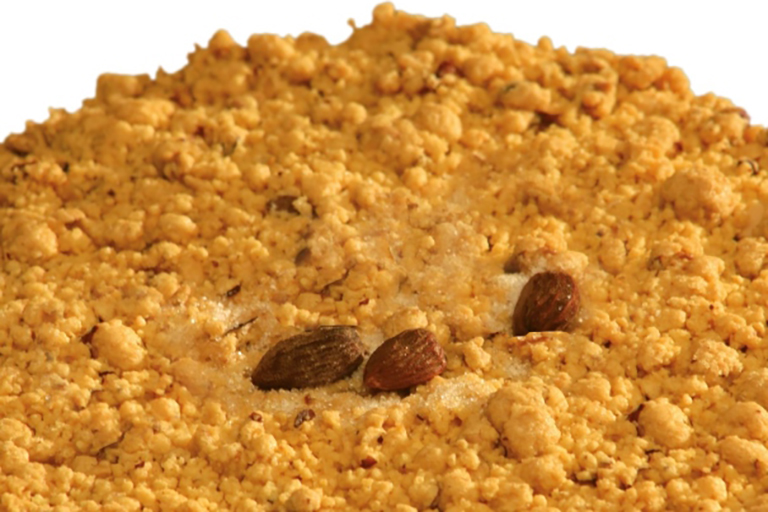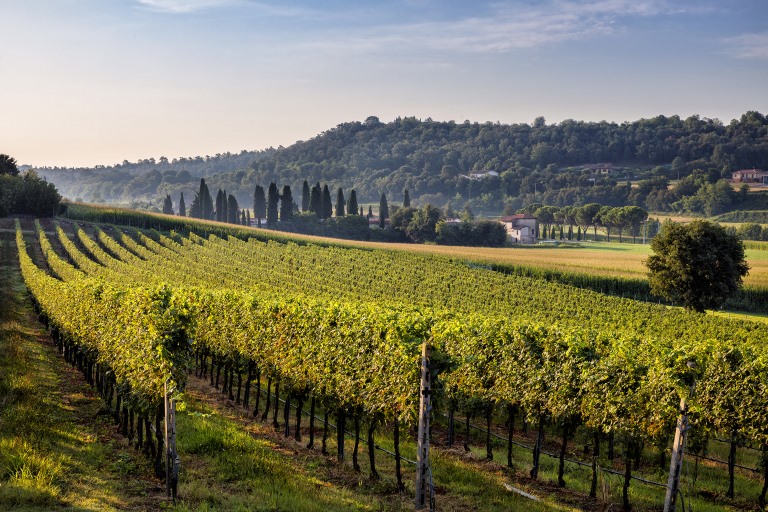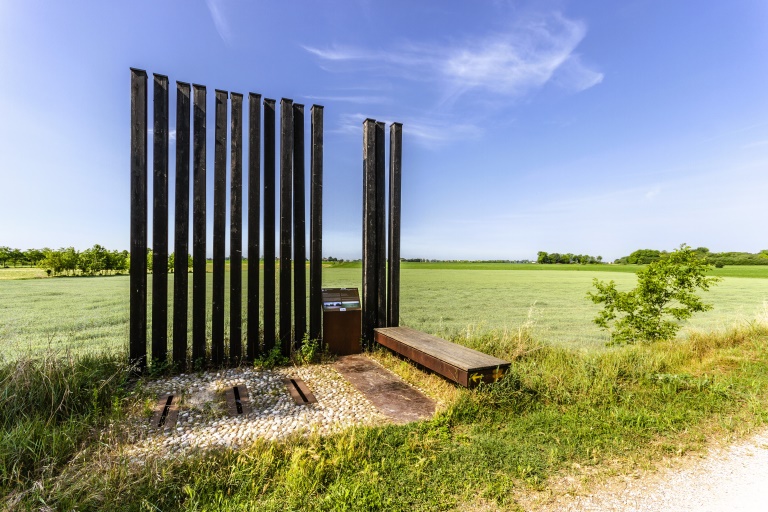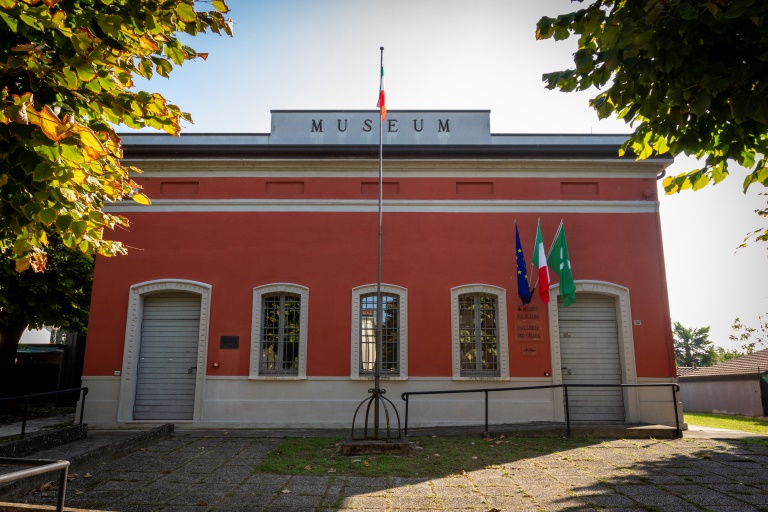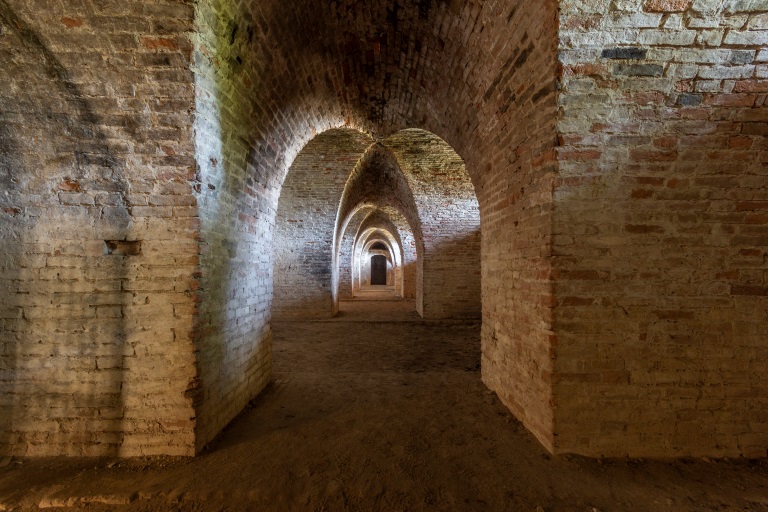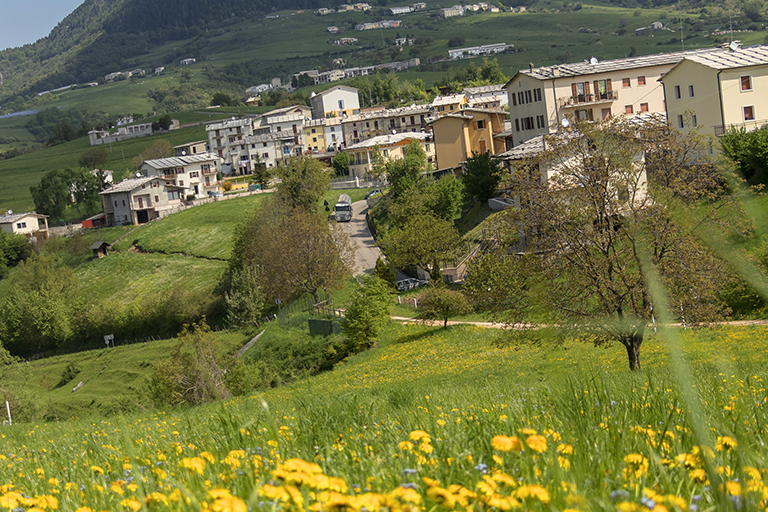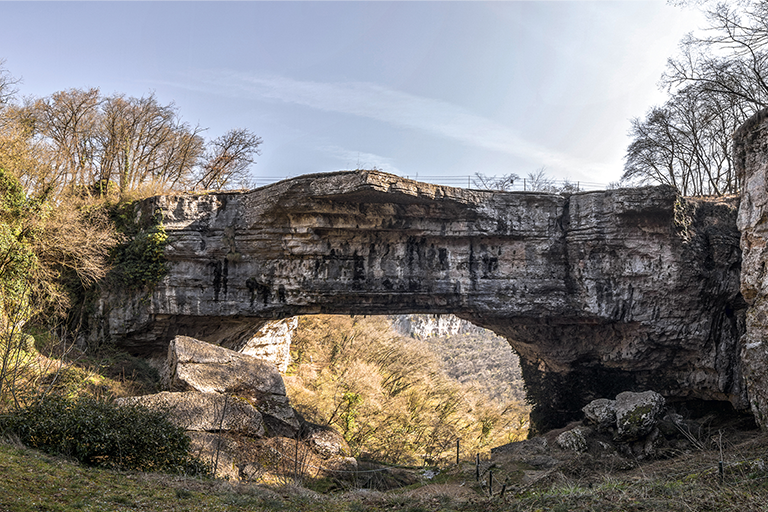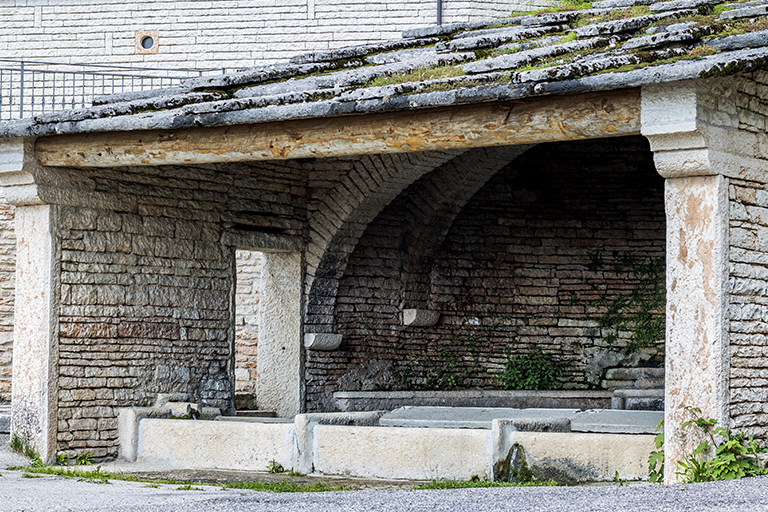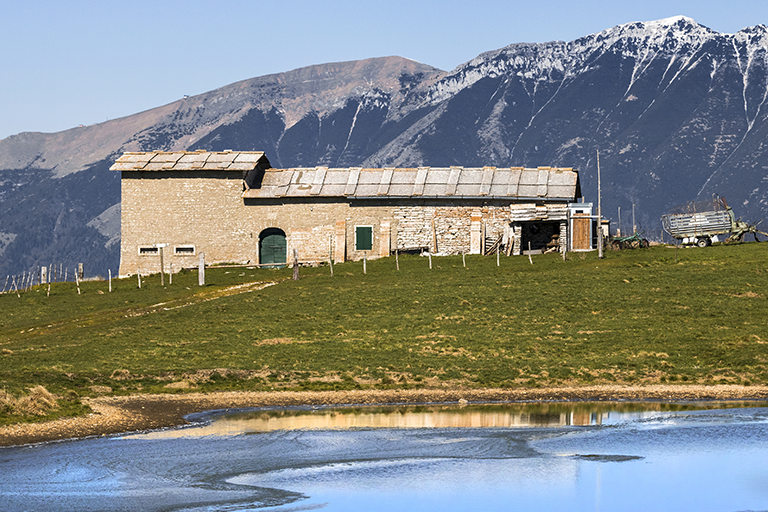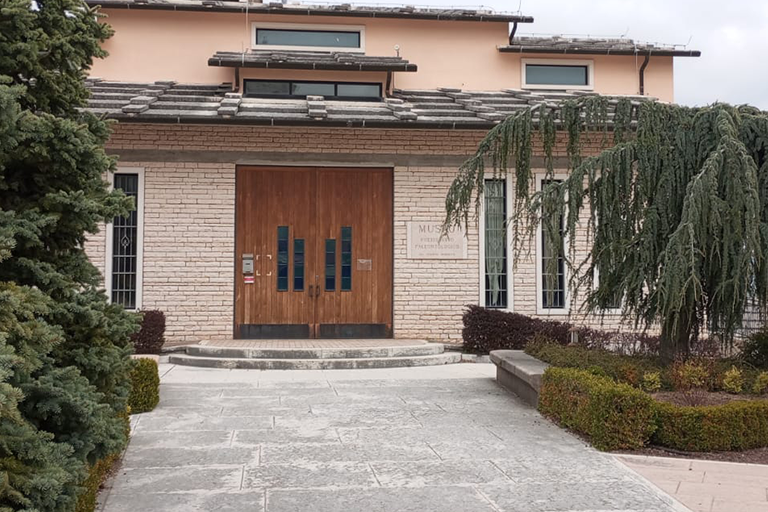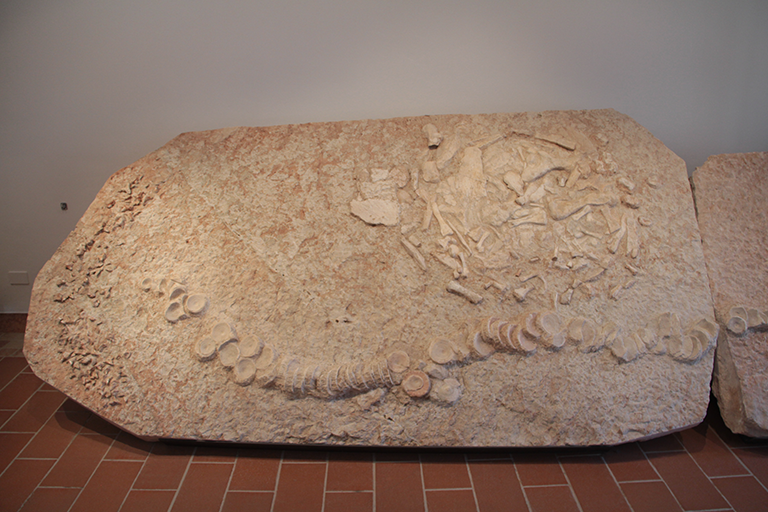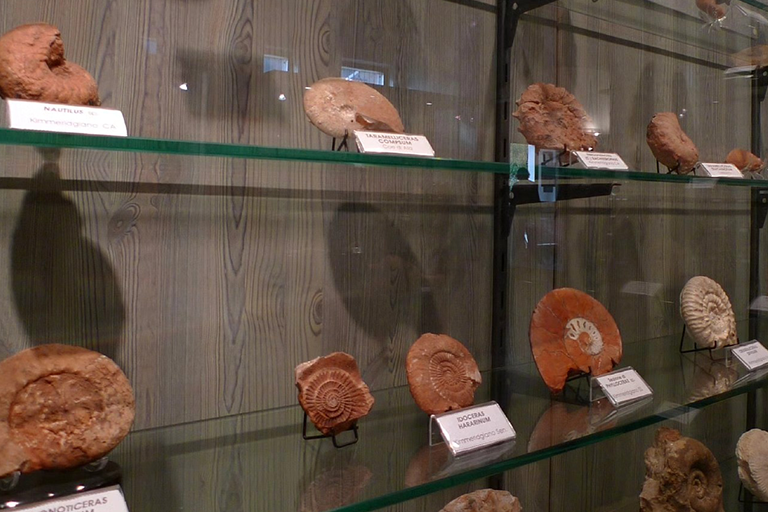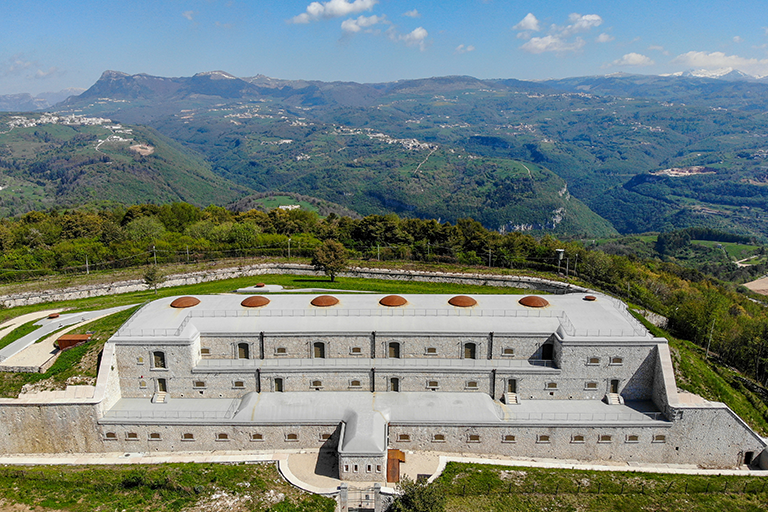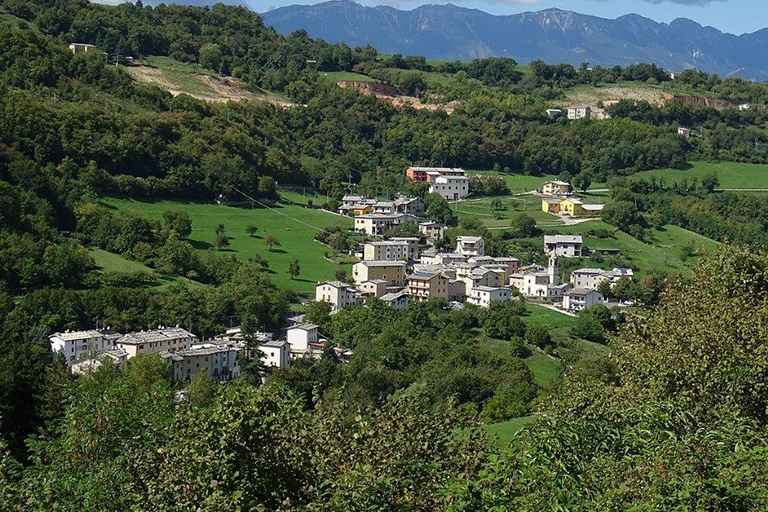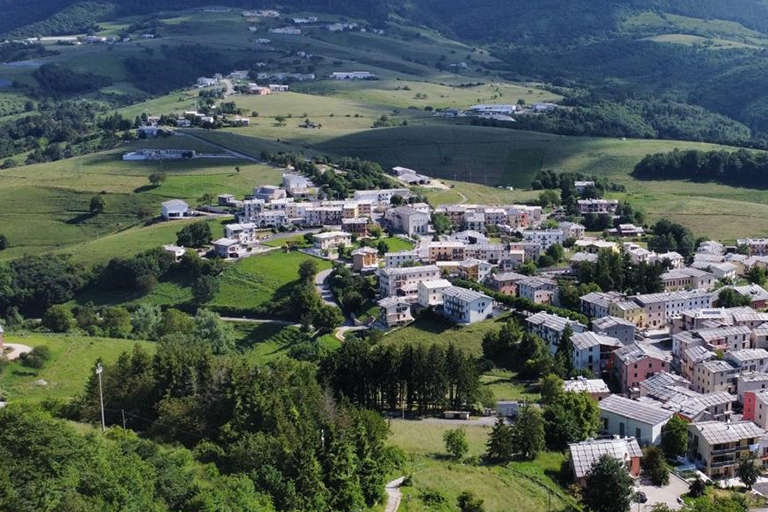profile
map
technical info
Mountain stage, the so-called Tappone. The first 70 kilometres are practically flat across the Mantuan and Veronese plains until reaching Valpolicella. After Negrar di Valpolicella, the pink caravan tackles in sequence the climbs of Fane, Righi, Marano di Valpolicella and Cavalo, which, with the final climb of Fosse, bring the altitude difference to about 3000 m, all concentrated in the last 100 km. The only breathing space is the Adige valley, before tackling the final 9 km climb from Peri to Fosse at about 9%.
Last kilometres
Uphill finish for 9 km with hairpin bends. Last bend at 150 m from the finish line.
start / finish
climb detail
final kilometres
itinerary timetable
tourist info
Host city:
Borgo Virgilio
Overview
Borgo Virgilio is an Italian municipality of approximately 15,000 inhabitants in the province of Mantua in Lombardy. It was established on 4 February 2014 following the merger of the municipalities of Borgoforte and Virgilio. Here in ancient Andes he was born in 70 BC. the poet Publio Virgilio Marone, known as Virgil, author of illustrious works such as “The Aeneid”, “The Georgics” and “The Bucolics”; Virgil was taken as a model and studied since ancient times and his works profoundly influenced literature so much so that Dante elevated him to his guide of Hell and Purgatory. The municipality, bordering the city of Mantua to the north, is crossed by two important rivers: the Mincio river and the Po river. A territory with an agricultural and industrial vocation, in the municipality there are historical forts of great cultural interest, the Forte di Pietole (today called Virgilio Museum Park – Forte di Pietole), the Central Fort of Borgoforte and a contemporary art museum, the Virgilio Museum of Pietole.
Food
The Municipality of Borgo Virgilio is located in an area that is the guardian of ancient food and wine traditions; in fact, there are 28 traditional agri-food products recognized in the province of Mantua by the Lombardy Region. Our province, in fact, is the only Italian province where both Grana Padano and Parmigiano Reggiano are produced. Typical local products also include Mantua pumpkin, salamella (sausage), the typical garlicky Mantua salami, onion, Mantua pear, melon and rice in the Vialone Nano and Carnaroli varieties.
The traditional local dishes are: “agnolini” (tortellini filled with meat), pumpkin tortelli, risotto alla pilota, bigoli with sardines, donkey stew, cotechino with lentils, polenta with “gras pistà” (fresh lard beaten with a knife, flavored with parsley and garlic), the monk’s ring (20-30 cm high donut with yellow dough, covered with dark sugar icing), the sbrisolona (a dry cake with in lumps, which must not be cut but broken with the hands, made with wheat and corn flour, eggs, almonds, sugar, lard or butter), Mantuan mustard (traditionally made with apples of the Campanina cultivar or other pulp varieties very consistent, or with quinces, sugar and mustard essence), sugolo (grape must pudding), Helvetia cake.
Gnocchi alla Mugnaia typical of Borgo Virgilio
It is an original dish whose recipe has been passed down orally. It is said that it was invented in the early 1900s by Celestino Corniani, miller and owner of a floating mill on the Po. Its ingredients are poor (water and flour) but the seasoning is rich in the version with bacon and beans, probably at the time the the most popular version was the one with tomato preserves.
Wines and Beverage
The local wines are Lambrusco Mantovano, cited among other things by the poet Publio Virgilio Marone who wrote about the wild vitis labrusca over 2,000 years ago, and the wines of the Mantua hills – Garda and Garda Colli Mantovani which include still, passito and sparkling wines.
Lambrusco, full-bodied and authentic, possesses the specific characteristics conferred by the clayey soils, rich in humidity and removed from the dominion of the waters by reclamation works. There are two production areas that give rise to products distinguished by color and density depending on the two native vines: the area of Viadana and Sabbioneta and the Oltrepo Mantovano. The Lambrusco Mantovano from the Viadano area is more full-bodied, intensely black and persistent, while the Lambrusco from the Oltrepò Mantovano is lighter and fruitier. The hints of red fruit and the typical dryness that distinguishes this Lambrusco dominate and enhance the flavor of the dishes thanks to the pleasant acidity.
The hilly area is known for great still wines and wonderful dessert wines with DOP and IGP certification, as well as the most recent and prestigious production of classic method sparkling wines. The Mantua Hills, of a morainic nature, represent a chain of gentle reliefs that border Lake Garda and accompany the course of the Mincio river, until it embraces the city of Mantua. The proximity of Lake Garda influences the climate, which is mild throughout the year. The temperature changes allow good ripening of the grapes, giving constant acidity values and delicious aromas to the wines.
Points of Interest
Virgilio Museum Park, a museum dedicated to Virgil in the Pietole Fort, address Strada del Corriere, Cerese di Borgo Virgilio (MN). The Pietole Fort is a vast military complex from the Napoleonic era, which during the Austrian domination became part of the defensive works of the walls of Mantua and a ammunition depot for the Italian army from the second half of the 19th century until its abandonment and subsequent passage from the State Property to the Municipality of Borgo Virgilio. The Fort is within an area of a total of 330,000 m2. and inside there are ancient buildings with 130 rooms placed side by side for a total length of 1,500 m of galleries. Surrounded by an agricultural and natural area of high environmental and landscape value (Vallazza nature reserve of community interest) makes the Fort a rare example of a fortified structure not incorporated by urbanization and inserted in the Mincio Regional Park, crossed by cycle tourism routes. The Virgilio Museum Park was the subject of a recovery and valorization intervention by the Municipality of Borgo Virgilio with the support of the Lombardy Region, the Cariplo, Banca Agricola Mantovana and Cariverona Foundations: a natural park that contains a military fort, where intertwined nature and suggestive military defense architecture. The intervention made it possible to recover part of the monumental structure of the Fort for use and to set up two museums, the Fort Museum and the Virgilio Museum, which retrace the historical events through multimedia itineraries with immersive technologies. Below is the thematic website of the Virgilio Museum Park: www.parcomuseovirgilio.com
Virgilian Museum of Pietole, Via Parma, 34 – Pietole di Borgo Virgilio (MN). The Virgilian Museum of Pietole houses two precious collections donated to the municipality by Virgil’s citizens: the archaeological collection of Vincenzo Prati cinerary vases and the modern art collection of Ugo Celada, a Virgilian painter who died in 1995.
Central Fort (or Magnaguti Fort) of Borgoforte, City Borgoforte (Borgo Virgilio) – Address Via Mantova 78. The fort of Borgoforte is one of the four forts of the double bridgehead built by the Austrian Empire from 1859 to 1861, it stands on an area of 57 thousand square meters and is the only one of the four to remain intact. The Fort houses the Mantovano Serraglio Museum, made up of the following sections: “The Great War – Walter Rama” section which exhibits memorabilia from the First World War, “Pasubio Division” section which exhibits memorabilia from the Second World War, “Experiencing History” section ”, edited by the Napoleonic Association of Italy and the section “Mantua under siege”, dedicated to the defensive system of the Mantua Serraglio.
Fosse (Sant'Anna d'Alfaedo)
Overview
Sant’Anna d’Alfaedo is a village whose economy was mainly based on livestock and agriculture, thanks to the many pastures in the area. Later on, the development of the territory was improved by the trade of the famous “Stone of Lessinia”, which is an estimable and precious source in the whole area of Lessinia.
The municipality is full of historical natural monuments that tell us about the prehistoric population who originally inhabited the territory. Two important site are the “Spluga della Preta“ and “Ponte Veja“ (a natural bridge), which had their origins due to the “Carsismo” phenomenon. Both can be visited during an excursion, for an unforgettable day trip.
There are also a lot of pathways that can be hiked in the nearest mountains for all trekking lovers (one is Corno d’Aquilio, which marks the northern border of Valpolicella). The many “contrade”, generally based near the borders and enriched by fountains and historic little churches, and the tiny welcoming mountain cottage are especially characteristic of this area.
Another attractivity that is worth a visit is the paleontological and prehistorical museum that keeps uniques findings like an ancient fossil of a shark, which should be the second largest in the world.
Points of Interest
- Palaeontological and Prehistoric Museum: already in 1961 the Sant’Anna d’Alfaedo Municipality hosted a small museum consist ing of a single room on the ground floor of the Town Hall. At the time, prehistoric and fossil exhibits were displayed in a non – organic manner. In 1998, the Museum moved to its present location, consisting of a ground floor and a first floor. The scientific project was supervised by Dr. Lorenzo Sorbini and technicians from the Natural History Museum of Verona. In the new premises, the Museum was enriched with new artefacts of great archaeological value, also thanks to quarrymen Gino Cabrusà and Riccardo Bortolotti. In addition, a number of artefacts saved from quarrying and earthworks have been brought here thanks to the interest of Don Alberto Benedetti. On the up per floor, a room has recently been set aside for teaching purposes, where a hut and reproductions of artefacts have been built. Painting, clay working, archery and flint chipping workshops are held in this room.
- Veja Bridge: this huge natural arch, the largest in Europe, is one of the most interesting geological sites in Lessinia and throughout Italy. According to studies, it would have been formed by the evolution of an ancient karst cave (called covolo), which opened up over millions and millions of years in the hard limestone due to the erosive action of the water that penetrated from the outside, causing then the collapse of the vault. Going down to the bases of the bridge, you will notice how this majestic and imposing work of nature, with a span of about 50 m and a height from the valley bottom of almost 30 m. Here are two caves, in which artifacts have been found dating back to the Middle and Lower Paleolithic: if you stop and remain silent, you will still feel the presence of our ancestors, ancient inhabitants of this part of Lessinia! The Ponte di Veja has inspired numerous artists for its particularity: the most important is surely Andrea Mantegna, who reproduced it in a background of a fresco of the Camera degli Sposi, in the Ducal Palace of Mantua. According to legend, Dante Alighieri, who stayed in Verona during his exile from Florence, would have been inspired by the Bridge for Malebolgia, the eighth circle of Hell in the Divine Comedy.
- Forte Tesoro: when, in 1866, the Veneto was annexed to Italy, the border with Austria was along the current division between Veneto and Trentino Alto-Adige, in Lessinia, or between the provinces of Verona and Trento. Since the city of Verona is located at the foot of the Lessini Mountains, the military of the time were forced to build fortifications to prevent Austrian incursions from the Valdadige, Val dei Ronchi and Lessinia. One of the most interesting forts to visit near Valpolicella, not far from Sant’Anna d’Alfaedo, is Forte Tesoro, recently restored and redeveloped. Built in 1905, a few years after the start of the First World War, it was designed according to the new defense techniques: it was necessary to use more resistant materials (concrete and cement instead of earth and brick) to defend themselves from explosive weapons more and more powerful and precise. It is therefore a real “battleship” built by the Kingdom of Italy to protect itself from the possible invasions of what was still seen as the “great enemy”, Austria. However, during the Great War, due to his distance from the front line, he was disarmed; it was used as an ammunition depot by the Italian Army until a few years ago. The fort stands on the head of the secondary transport buttress between the Prun valley and the Valpantena. A cableway made it possible to transport the material necessary for construction from the base of the mountain to the construction site, where there was the stone quarry. The fort begun in 1905 and completed in 1911, is divided into several levels: a ground floor and two floors surrounded by a moat that delimited the whole area. The front protected by the moat retains the stone masonry ad opus incertum, but the overlying Prun stone slab roof, built in more recent times, to protect the underlying concrete roof from water infiltrations, completely altered the original image . The entrance to the fort takes place from a central caponier and leads to a long longitudinal corridor that gives access to the various rooms on the ground floor. two symmetrical staircases placed at the extreme sides of the corridor lead to the first level, where there are dormitories for 226 men, the artillery warehouse and the depot for loaded shells. Tunnels led to the outer trench where there were three retractable machine gun domes. Going up the stairs again you reach the corridor of the batteries where there were 6 well installations of 149A cannons, the reservoirs, the observatory, the battery command. The barracks were located on the north side of the access road to the fort. During the last restorations in 2014, the fort was restored to its original splendor.


